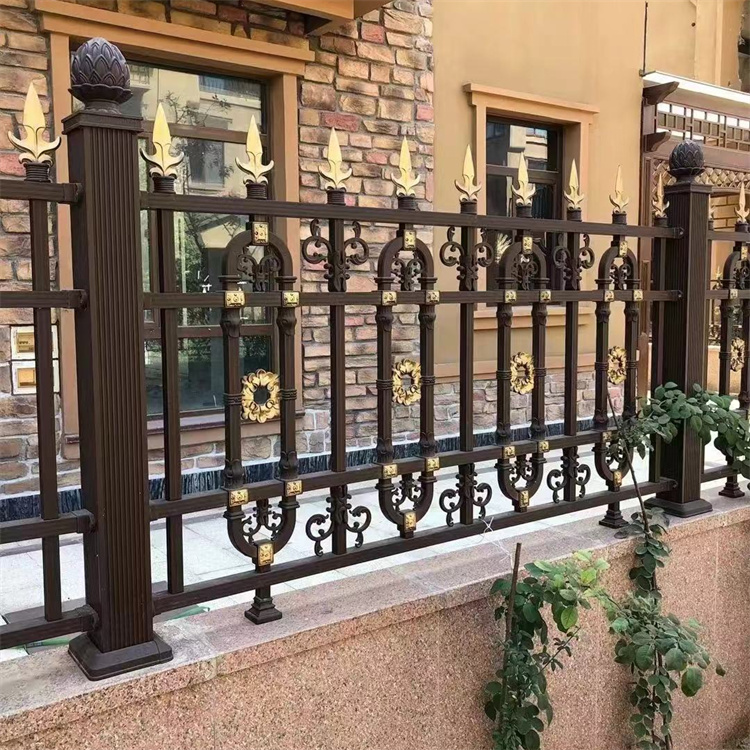As an important part of road traffic safety, bridge parapets have the key responsibility of ensuring smooth traffic flow and safe travelling. Whether on a busy urban bridge or a long bridge spanning a river, the design and function of the guardrail is of paramount importance. This paper will discuss in detail the function, design requirements, material selection of bridge guardrail and its application in modern traffic.
Function of bridge guardrail
The core function of bridge guardrail is to prevent vehicles, pedestrians or objects from falling off the bridge, reduce the occurrence of traffic accidents and protect the bridge structure from impact damage. Specifically, the main functions of bridge guardrail include:
Preventing vehicles from going out of control: on bridges, especially in motorways or important traffic hubs, once a vehicle goes out of control, it can lead to serious accidents. The guardrail effectively prevents the vehicle from leaving the lane or falling under the bridge.
Protection of pedestrians: For bridges with pedestrian walkways, parapets prevent pedestrians from accidentally entering the vehicle travelling area and protect them from impact.
Reduces the risk of falling objects: guardrails prevent objects on the bridge or vehicle accessories from falling under the bridge, thus reducing the potential hazard to traffic travelling under the bridge.

Improve structural stability: by providing additional impact resistance, parapets can also help to mitigate damage to the bridge itself from traffic accidents, extending the life of the bridge.
Examples of bridge guardrail applications
Bridge guardrails are used in a wide range of applications. The following are some typical application examples:
Urban traffic bridges: in urban roads, bridge guardrails are usually used in viaducts and bridges across rivers. These guardrails not only ensure the safety of vehicles, but also play a role in separating the traffic flow from the pavement and non-motorised road.
Highway bridges: bridge guardrails on highways are required to withstand high-speed vehicle impact, usually using steel or concrete materials, and need to comply with national traffic safety standards.
Cross-sea bridges: For cross-sea bridges, the design of the guardrail is particularly important. In addition to strength requirements, wind and corrosion resistance are key design factors. Many modern sea bridges are made of stainless steel or coated steel to cope with the harsh conditions of the offshore environment.
Bridge parapets are not only an appendage to the bridge structure, but also an important barrier to protect traffic safety and the bridge itself. From the design to the choice of materials to the actual application, the role of guardrail in bridge construction should not be underestimated. With the progress of science and technology and the increase of traffic demand, the function and form of bridge guardrail will continue to evolve in order to adapt to more complex and demanding environmental requirements.


